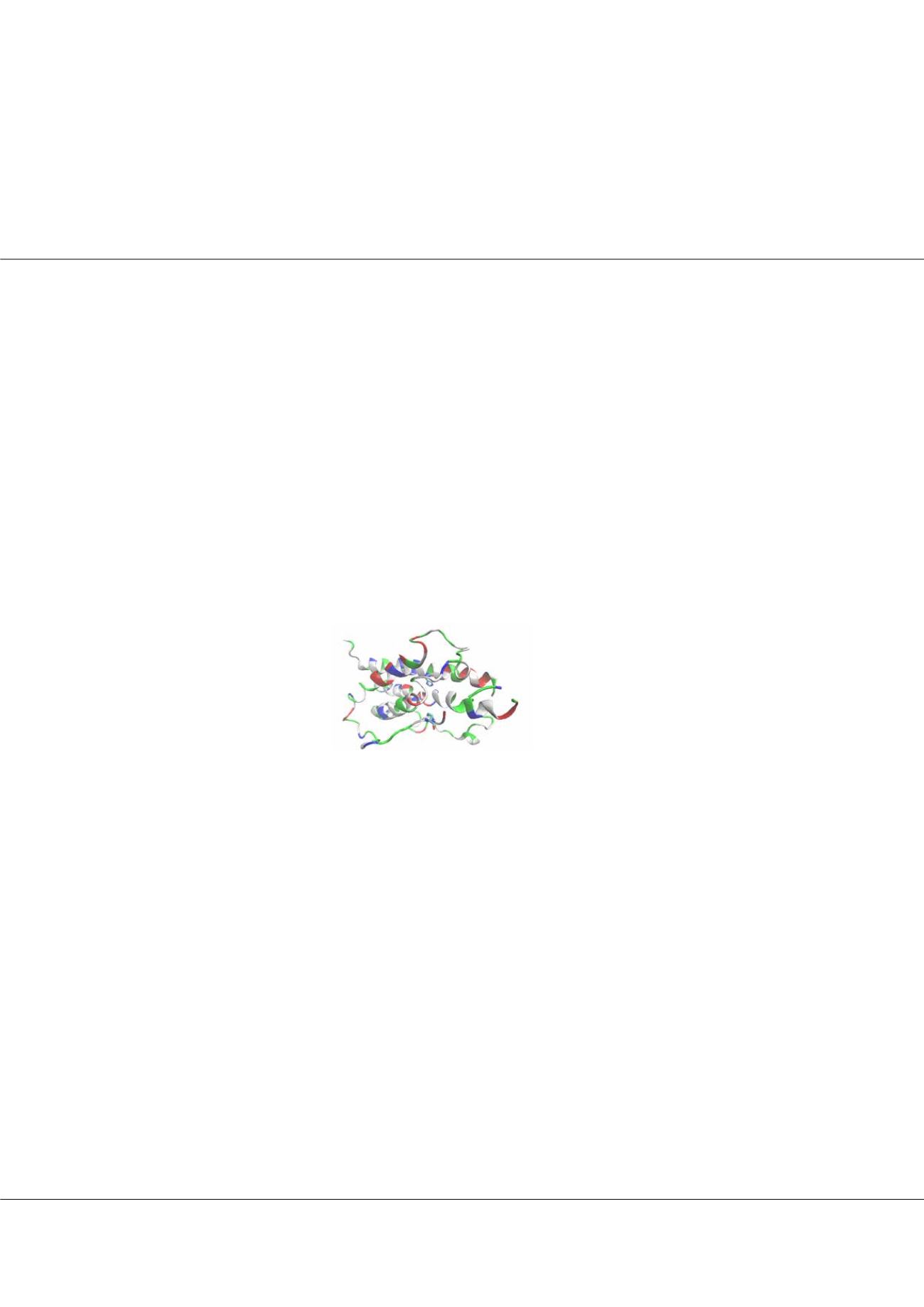

Page 66
Notes:
conferenceseries
.com
Volume 5, Issue 2 (Suppl)
Transcriptomics, an open access journal
ISSN: 2329-8936
Molecular Biology 2017
August 31-September 01, 2017
2
nd
International Conference on
August 31-September 01, 2017 Philadelphia, USA
Molecular Biology, Nucleic Acids &
Molecular Medicine
A predictive model for methionine oxidation propensity in therapeutic protein
Anne Li
Wootton High School, USA
M
ethionine is one of the amino acids that are subjected to oxidation, and can subsequently lead to loss of molecular
bioactivities or induce certain health conditions. Typically multiple methionine residues are present in proteinmolecules,
and their oxidation characteristics can be dramatically different.The secondary structures, hydrophobicity, local chain flexibility,
and solvent accessibility are all contributing factors to the oxidation propensity of these methionine residues. In this work, a
predictive model has been developed to correlate the methionine residual oxidation propensities with their aforementioned
properties. The model proteins used in this study, including monoclonal antibodies, growth hormone, interferons, etc., have
all been investigated experimentally on their methionine oxidation propensity, and well resolved protein crystal structures
documented in RCSB Protein Data Bank (PDB). The crystal structures of these proteins were optimized using QwikMD
simulation program (UIUC) to produce well solvated structures. These properties of each methionine residue in the proteins,
including hydrophobicity, local chain flexibility, and solvent accessibility, etc., were quantified and a mathematical model was
developed to correlate them with the rank ordering of their oxidation propensities reported in literatures. The model, once
further validated, provides a qualitative prediction tool to rank order methionine oxidation propensity in protein molecules
that are complementary to experimental investigation approaches.
Biography
Anne Li is a Senior at Wootton High School with interest in Biological Chemistry. She takes an active role in the STEM field at her schools as the President of both
Chemistry Club and Biology Club. Through her experience with the National Chemistry Olympiad and internship at the National Foundation for Cancer Research,
she has been able to apply what she has learned in the classroom to help the mission to find a cure for cancer.
anne2001.li@gmail.comAnne Li, Transcriptomics 2017, 5:2 (Suppl)
DOI: 10.4172/2329-8936-C1-013
















